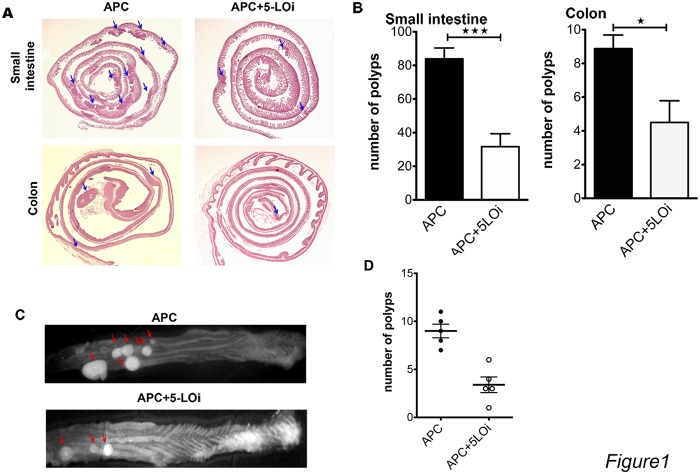Fig 1. Zileuton is inhibiting the polyp formation in APCΔ468 colon and small intestine.
A) Representative H&E stained 5μm Swiss rolls sections of small untreated intestine and colon of Zileuton treated and control APCΔ468 mice, blue arrows indicate polyps appearing in this sections. B) Cumulative bar graphs of the polyp number appearing in APCΔ468 mice small intestine (31.67±7.7 polyps in Zileuton group, n = 6, vs 83.88±6.5 polyps, n = 8, in the control group, p = 0.0002, closed bars) and colon (4.5±1.3 polyps in Zileuton group vs 8.9±0.8 polyps in control group, P = 0.0107, open bars, N = 6). C) Reflectance fluorescence of flayed opened colon, probe ProSense 680, representative whole mount of APCΔ468 colon of APCΔ468 Zileuton fed colon; red arrows polyps D) dot plot of the number of polyps; (3 closed dots) APCΔ468 untreated colon polyps, (3 open dots) APCΔ468 treated colon polyps. Statistics: unpaired one tailed t test.

